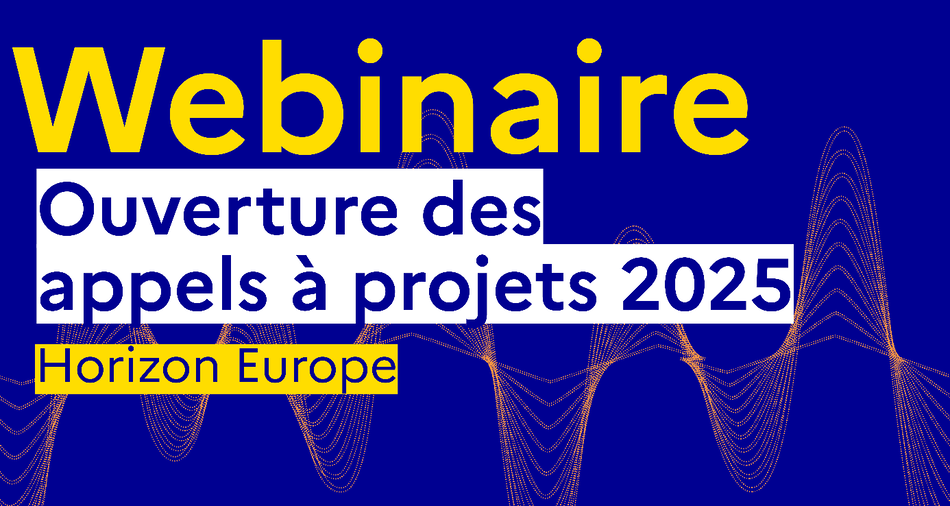Description :
ExpectedOutcome:
Project results are expected to contribute to the following expected outcomes.
- Environment. Project results are expected to demonstrate that the proposed solutions would have no negative impact on the environment (i.e. in terms of emissions, noise and/or local air quality) or on the potential improvement of the aviation environmental footprint.
- Capacity. Project results are expected to contribute to capacity by addressing the management of airspace in abnormal, disrupted situations.
- Operational efficiency. Project results are expected to demonstrate that the synchronisation and predictability of the ATM system will increase.
- Safety. Project results are expected to maintain at least the same level of safety as the current ATM system.
- Security. Project results are expected to maintain at least the same level of security as the current ATM system.
Scope:
The SESAR 3 JU has identified the following innovative research elements that could be used to achieve the expected outcomes. The list is not intended to be prescriptive; proposals for work on areas other than those listed below are welcome, provided they include adequate background and justification to ensure clear traceability with the R&I needs set out in the SRIA for the AI for aviation flagship.
- Management of abnormal situations. AI/ML have great potential for predictions/forecasts under normal circumstances, but research is needed to investigate the further evolution that will be needed if they are to be used in the management of abnormal situations: a prescriptive approach will be required to monitor the reality and specify precursors indicating possible deviations from what is expected (R&I need: AI for prescriptive aviation).
- Human-centric AI. Aviation will need to ensure a human-centric approach, as described in the EASA AI roadmap. Humans should understand what the systems are doing and also maintain the right level of situational awareness (i.e. to understand the situation well enough to enable human–machine cooperation) (R&I need: human–AI collaboration: digital assistants).
- Air and ground synchronisation. AI-powered systems are expected to be integrated into ground and cockpit systems, enhancing communication for trajectory management and much more. The scope of this research includes the identification of innovative applications / AI-based solutions that could improve such synchronisation (R&I need: human–AI collaboration: digital assistants).
- AI for higher automation. This element covers the development of an AI-powered cloud-based infrastructure and services (supporting higher levels of automation). In addition, the aim is to develop automation of ATM processes in which analysis and prediction are particularly likely to benefit from AI, and to develop AI-powered ATM environment requirements, infrastructure, and common regulation and certification guidelines (R&I need: AI improved datasets for better airborne operations).
- Datasets. Datasets are essential for the development of AI-based applications. Starting from an assessment of the state of the art, this element involves researching new ideas to generate and enable the automation of aviation-specific datasets from a large variety of on-board and ground communications across the network, which could then enable a broad range of AI-based applications for aviation. The research will also cover legal (e.g. liability), financial and regulatory aspects and will take into account the issue of how complete the datasets need to be to meet ATM requirements (R&I need: AI improved datasets for better airborne operations).
- Interoperability of ATM systems with different levels of automation. Although there is consensus on increasing automation levels to improve the efficiency of ATM systems and reduce costs, it is clear that not all functions will be at the same level of automation, and collaborating control centres and other stakeholders may have different levels of implementation of highly automated systems, even for the same functions. A methodology to produce automation strategies (roadmaps) providing a safe stepwise route to the full implementation of high automation levels is therefore needed (R&I need: trustworthy AI powered ATM environment).
- Cyberthreat intelligence services in aviation/ATM. The use of techniques based on ML to support cyberthreat detection and mitigation is quite widespread in the state of the art of various industries (e.g. internet services, e-commerce, content delivery networks); observation of anomalous traffic patterns or transactions enables the detection of cyberattacks. The transfer of these methods to ATM is not straightforward and, given the current tendency in ATM to enhance information-sharing to implement machine-to-machine automated functions (e.g. through SWIM implementation, increased bandwidth air–ground communications) while maintaining legacy systems built without any proper security policy, research in this area is needed (R&I need: trustworthy AI-powered ATM environment).





